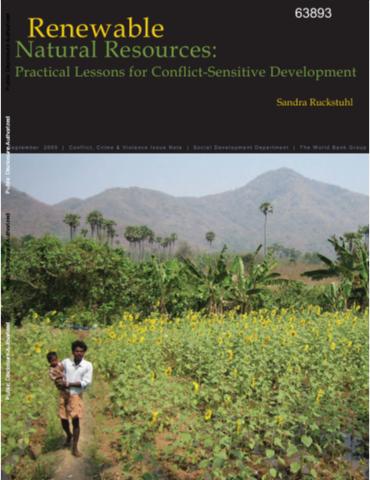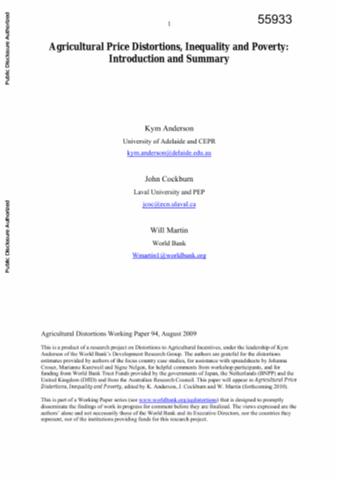Timbal-balik dan sumber mata pencaharian alternatif bagi masyarakat yang hidupnya bergantung pada hutan di hutan penelitian Malinau
Are urban land tenure regulations in Namibia the solution or the problem?
Land tenure in Namibia is regulated by a variety of Acts, some of which date back to as far as 1937, and some of which are
yet to be approved by Cabinet. This variety of Acts makes it difficult to evaluate the performance of land administration as a
whole, and the appropriateness of coercive instruments with regards to urban land tenure in particular. In this article we
evaluate how urban land tenure regularization practices are conducted in Namibia, and to compare new formal procedures,
Influences urbaines et protection des espaces naturels et agricoles
Urban sprawl influences extends on large perimeters in which natural and agricultural spaces have a social value. Private market, in particular land market, does not allow their safeguarding. A public land use regulation must be implemented. It cannot be a zoning: it concerns the whole of ordinary spaces. We show that it is possible to use the spatial economy and landscape ecology tools, to draw a prospective for ecologizing the town planning
L'agriculture s'invite dans le projet urbain : Le schéma de cohérence territoriale de Montpellier Agglomération
As a quickly growing regional capital located in the Mediterranean littoral vineyard area, the city-region of Montpellier has recently constituted itself as a new local authority gathering 31 municipalities (Communauté d’Agglomération). Working out the territorial coherence scheme (Scot) was a priority step to structure the development project of this new territory, combining urban and rural dimensions.
Influences urbaines et protection des espaces naturels et agricoles
Urban sprawl influences extends on large perimeters in which natural and agricultural spaces have a social value. Private market, in particular land market, does not allow their safeguarding. A public land use regulation must be implemented. It cannot be a zoning: it concerns the whole of ordinary spaces. We show that it is possible to use the spatial economy and landscape ecology tools, to draw a prospective for ecologizing the town planning
Agriculture as special guest in the urban project
As a quickly growing regional capital located in the Mediterranean littoral vineyard area, the city-region of Montpellier has recently constituted itself as a new local authority gathering 31 municipalities (Communauté d’Agglomération). Working out the territorial coherence scheme (Scot) was a priority step to structure the development project of this new territory, combining urban and rural dimensions.
Natuur, landschap en het landelijk gebied : achtergronddocument bij Natuurbalans 2009
Het landelijk gebied beslaat circa 70% van het grondoppervlak van Nederland. Om de biodiversiteit en de landschappelijke waarden te beschermen, heeft het Rijk de Ecologische Hoofdstructuur en Nationale Landschappen aangewezen. Buiten deze rijksprioritaire gebieden komen echter ook belangrijke natuur- en landschapswaarden voor. Dit werkdocument beschrijft de natuur en landschapswaarden in het agrarisch gebied. Dit onderzoek is uitgevoerd in het kader van de Natuurbalans 2009. Op verzoek van het ministerie van LNV is het thema ‘Biodiversiteit en het landelijk gebied’ uitgewerkt.
[Urban diffusion, land use planning and sustainable development]
Renewable Natural Resources
This paper explores how a 'conflict and violence sensitive' framework in project assessment, design and implementation facilitates early identification and mitigation of negative consequences of competition and dispute, and promotes sustainable development over the longer term. It discusses the role of renewable resources in perpetuating conflict and violence, and distills lessons from selected development programming experiences in managing conflict risks associated with these dynamics.
Agricultural Price Distortions, Inequality, and Poverty
Reforms in recent decades have sharply reduced the distortions affecting agriculture in developing countries, particularly by cuts to agricultural export taxes and by some reductions in government assistance to agriculture in high-income countries, but international trade in farm products continues to be far more distorted than trade in nonfarm goods. This paper summarizes a series of empirical studies that focus on the effects of the remaining distortions to world merchandise trade for poverty and inequality, especially in developing countries.






